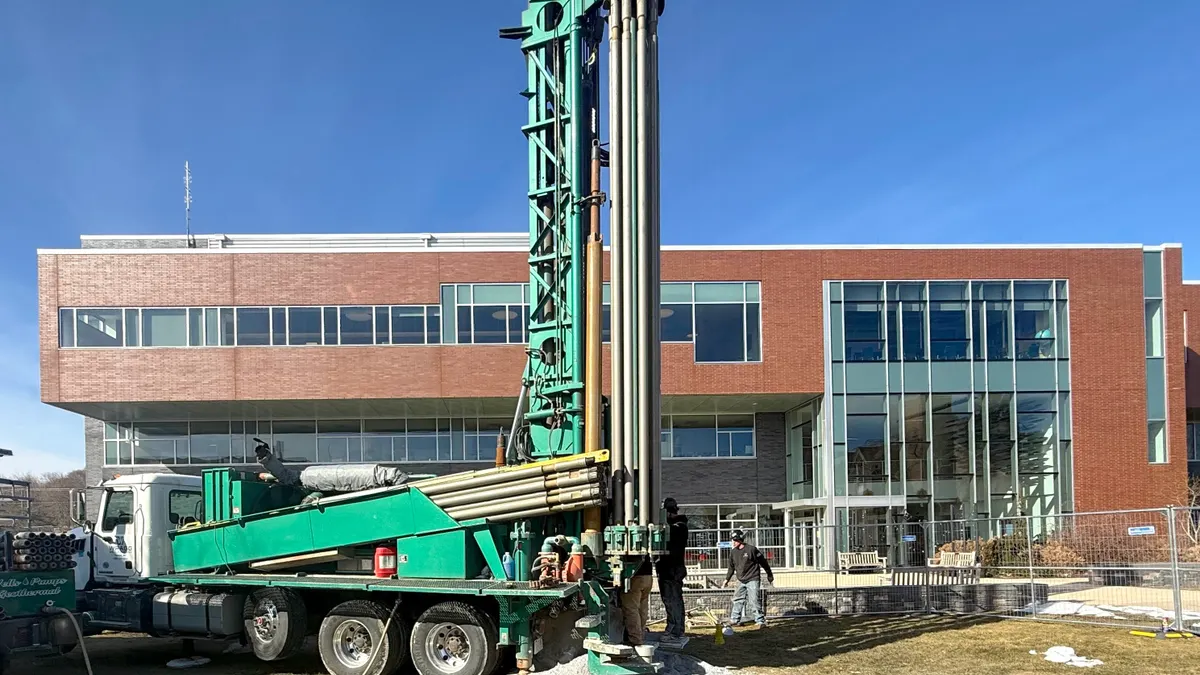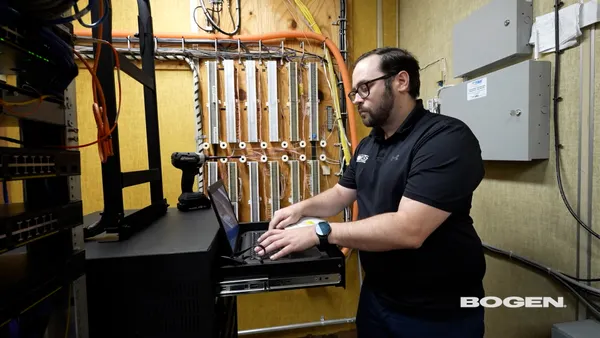Nearly a year ago, the Centers for Disease Control and Prevention released new guidance on improving ventilation in buildings, and ASHRAE unveiled Standard 241, its first airborne infection risk mitigation standard for buildings. The guidance from both organizations, spurred by the COVID-19 pandemic, highlights the need for an increased focus on indoor air quality among tenants and building operators. About 31% of the 1,085 workers responding to a Fellowes survey released last September said they would consider leaving their job due to poor indoor air quality, with 89% reporting that they believe clean indoor air boosts work performance.
A growing awareness of IAQ’s effects on public health and business outcomes has led to a concerted effort to tackle the issue, with organizations, manufacturers, government agencies and building operators working to monitor indoor air quality, optimize ventilation and create healthier indoor environments for occupants.
The business case for better IAQ has become more pronounced. The WELL Building Standard, which certifies facilities based on healthy building standards such as those related to IAQ, reached over 5 billion square feet of covered space, as of March. Manufacturers, in turn, have begun to prioritize IAQ, with companies like Modine, Honeywell, Poppy and Aeroseal rolling out new products and services aimed at improving air quality and ventilation.
Here is some of Facilities Dive’s recent coverage of developments that examine this trend.













